That’s why we’ve stepped in to answer some of the most commonly asked questions about the Moon.
Discover the answers to these common questions about the Moon.
Photo: Kagenmi/Depositphotos
How far away is the Moon?
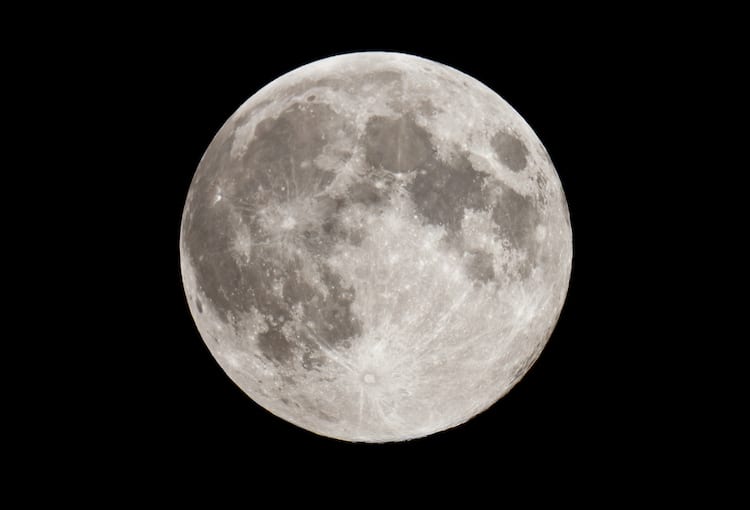
Photo: alexkalina/Depositphotos
On average, the Moon is 238,855 miles (384,400 km) from Earth.
Astronomers call the moment when the Moon is furthest from Earth itsapogee.
When this occurs, the Moon is 252,088 miles (405,696 km)away from Earth.
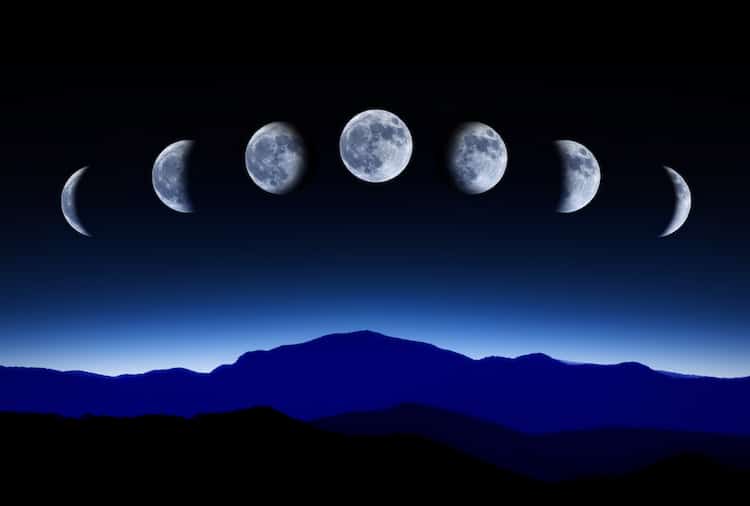
Photo: Kagenmi/Depositphotos
Is the Moon a planet?
No, the Moon is anatural satellite.
There are a few important things that distinguish a natural satellite from a planet.
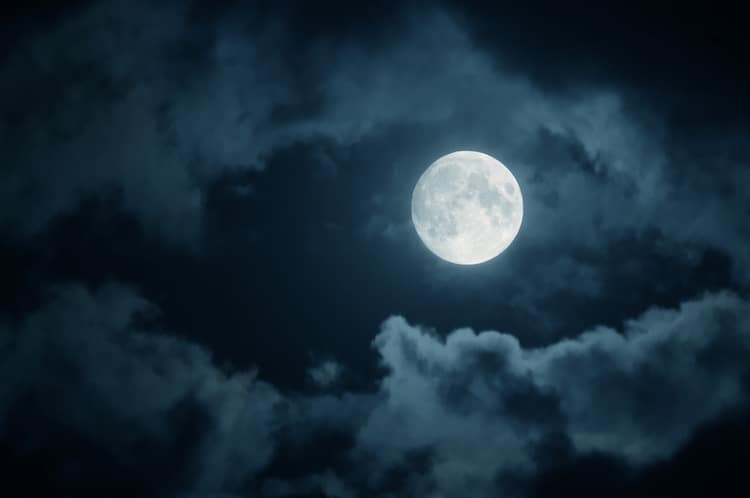
Photo: bazil/Depositphotos
Planets orbit stars, are spherical and substantial in size, and have a strong gravitational pull.
Interestingly, when it was first discovered, the Moon was called a planet.
Photo: bazil/Depositphotos
How old is the Moon?
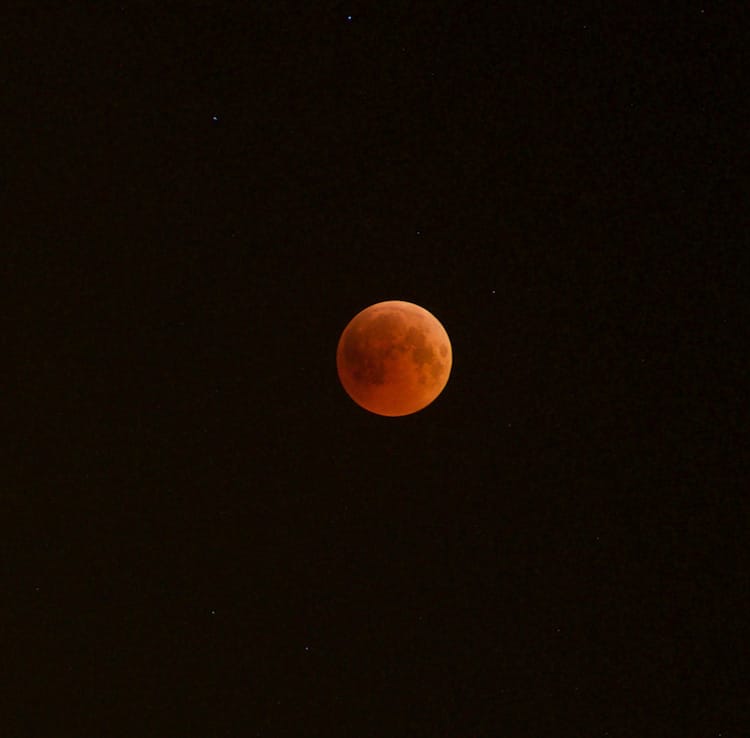
Photo:Souhayl Ben Khaled, United Arab Emirates Astronomy Group
In 2017,scientistsanalyzed rocks collected by Apollo astronauts and concluded that the Moon was 4.51 billion years old.
What everyone can agree on is how the Moon was formed.
About 4.51 billion years ago, a Mars-sized object namedTheiaslammed into Earth.
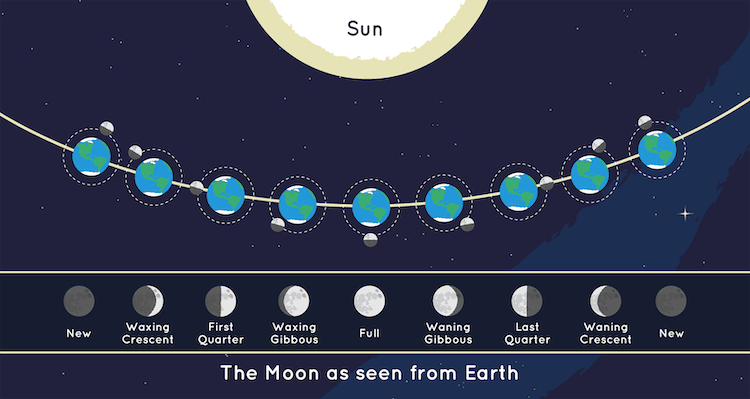
Photo: NASA/JPL-Caltech
This sent fragments flying into space, some of which coalesced to form the Moon.
Shortly after the impact, the Moon looked like a hot ball of magma.
How big is the Moon?
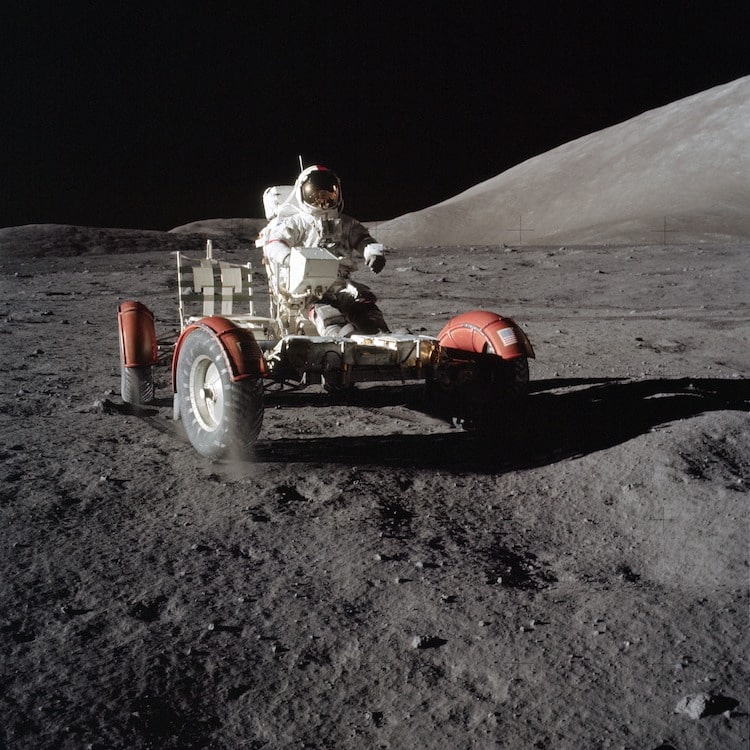
Astronaut Eugene Cernan at the Apollo 17 landing site, Taurus-Littrow Valley (Photo: NASA/GSFC/Arizona State University)
The surface area of the Moon is 14.6 million square miles (38 million square km).
It’s the fifth largest moon in our solar system.
Photo:Souhayl Ben Khaled, United Arab Emirates Astronomy Group
Who discovered the Moon?
People have made records noting the Moon since pre-historic times.
By the time of the ancient Greeks, astronomers were calculating the distance between the Moon and Earth.
Up until 1609, whenGalileo Galileimadedrawings of the Moon, it was believed that its surface was smooth.
Galileo refuted that claim in his bookSidereus Nuncius.
Later in the 17th century, astronomers worked on naming the lunar features.
These names are still used today.
Does the Moon rotate?
Yes, the Moon rotates on its axis.
This is why, to the naked eye, the Moon doesn’t appear to spin.
It also accounts for why we only see one side of the Moon.
In its early years, the Moon did rotate faster.
But over time, it became synchronized with the Earth and becametidally locked.
Photo: NASA/JPL-Caltech
What are the phases of the Moon?
The Moon is broken down into four primary phases and four intermediate phases that it cycles through each month.
Each complete cycle of phases is called alunation.
What is the Moon made of?
The Moon has a core, mantle, and crust.
Each layer is composed of different minerals.
The Moon’s core is made of iron broken into three layers.
During a lunar eclipse, Earth moves between the Sun and the Moon.
Red and orange light, which have long wavelengths, are able to pass through and hit the Moon.
This principle is calledRayleigh scattering.
How many people have walked on the Moon?
While Neil Armstrong was the first man to walk on the Moon, he was certainly not the last.